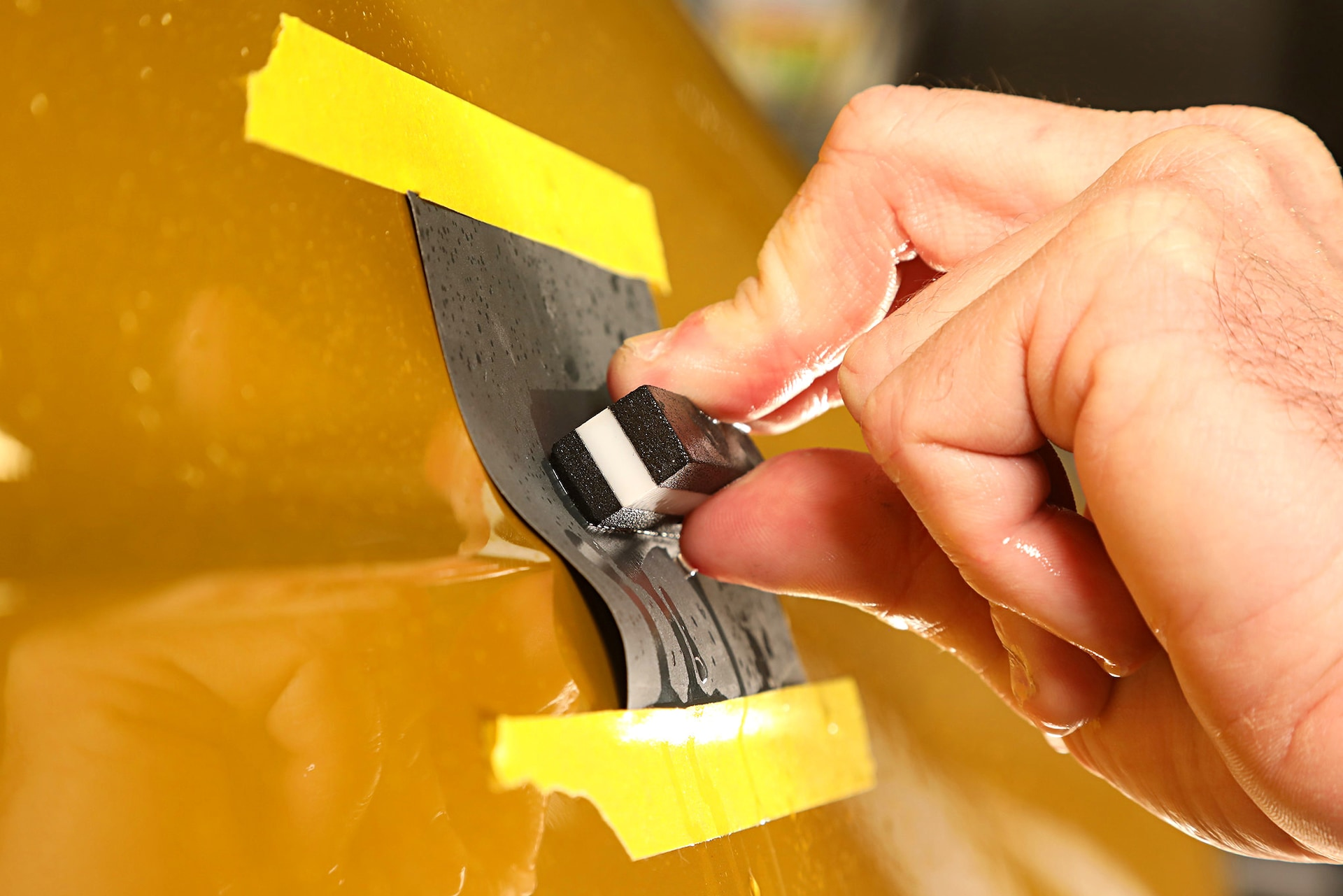Plastic car parts are prone to wear and tear over time, resulting in scratches, fading, and overall deterioration that can diminish the appearance of your vehicle. However, with the right knowledge and techniques, it is possible to restore plastic car parts to their former glory. One effective method for rejuvenating these parts is sanding. In this article, we will provide a comprehensive guide to sand plastic car parts, including the necessary tools, step-by-step instructions, and important tips for achieving professional-looking results.
Basics of Plastic
Before diving into the sanding process, it is crucial to understand the type of plastic used in your car parts. Various types of plastics exist, each with its own characteristics and requirements for sanding. Common plastics found in cars include polypropylene (PP), acrylonitrile butadiene styrene (ABS), and polycarbonate (PC). Identifying the plastic type will help determine the appropriate sanding method and prevent damage.
Essential Tools and Materials
To get started, gather the following tools and materials:
- Sandpaper:Select high-quality sandpaper with varying grits, such as 400, 800, 1000, 1500, and 2000. Different grits are required for different stages of sanding.
- Water:Keep a spray bottle filled with water nearby to wet the surface during sanding.
- Masking tape:Use masking tape to protect surrounding areas and prevent accidental scratches.
- Sanding block: A sanding blockor a flexible sanding pad will ensure even pressure distribution while sanding.
- Lubricant:A mild soap and water solution or a dedicated plastic-friendly lubricant will reduce friction and prevent the sandpaper from clogging.
Step-by-Step Sanding Process
Follow these detailed steps for effective sanding of plastic car parts:
Step 1: Preparation
Thoroughly clean the plastic surface using a mild detergent and water. Remove any dirt, grime, or loose debris that may interfere with the sanding process.
Step 2: Masking
Use masking tape to cover adjacent areas that do not require sanding. This will protect them from accidental scratches and ensure a clean finish.
Step 3: Initial Sanding
Start with a coarse-grit sandpaper, such as 400 or 800. Wet the surface with water or a lubricant to reduce friction and prevent the sandpaper from clogging. Sand in a circular or back-and-forth motion, applying even pressure. This step helps remove major imperfections, scratches, and uneven surfaces.
Step 4: Intermediate Sanding
Move on to a finer-grit sandpaper, such as 1000 or 1500. Repeat the wet sanding process, gradually smoothing out the surface and eliminating deeper scratches and blemishes. Maintain a consistent sanding motion to avoid uneven results.
Step 5: Final Sanding
Switch to an even finer-grit sandpaper, such as 2000. Continue wet sanding until the surface feels smooth and all visible imperfections are removed. This stage prepares the plastic for the polishing process.
Step 6: Polishing
After sanding, wipe away any residue and dry the surface thoroughly. Apply a dedicated plastic polish using a clean cloth or a buffing pad. Follow the manufacturer’s instructions to achieve a glossy, like-new finish.
Tips for Successful Sanding
To ensure successful results while sanding plastic car parts, consider the following tips:
Start with a test area: Begin by sanding a small, inconspicuous area to test the effectiveness of your sanding method. This will help you gauge the appropriate grit and prevent potential damage.
- Keep the surface wet:Regularly wet the plastic surface with water or lubricant to prevent the sandpaper from clogging and to reduce heat build-up, which can deform the plastic.
- Use gentle pressure: Apply even, gentle pressure while sanding to avoid creating low spots or uneven surfaces. Too much pressure can result in irreparable damage.
- Progress gradually: Start with coarse-grit sandpaper and work your way up to finer grits, gradually refining the surface. Rushing through the sanding process can lead to unsatisfactory results.
- Take breaks: Sanding can be a labor-intensive process. Take regular breaks to prevent fatigue and maintain focus, ensuring consistent and precise sanding.
- Protect surrounding areas: Use masking tape to protect adjacent areas from accidental scratches. Additionally, cover any sensitive components to prevent water or dust from entering.
- Check your progress:Periodically inspect the sanded surface to ensure you are achieving the desired results. Adjust your technique or change the sandpaper grit if necessary.
Conclusion
Sanding plastic car parts can bring a fresh look to your vehicle, making it appear revitalized and well-maintained. By following the step-by-step process outlined in this comprehensive guide and utilizing the recommended tools and materials, you can achieve professional-level results. Remember to exercise patience and take your time during each stage of sanding. With practice and careful attention to detail, you can successfully restore plastic car parts to their former glory, enhancing the overall aesthetic appeal of your vehicle.


